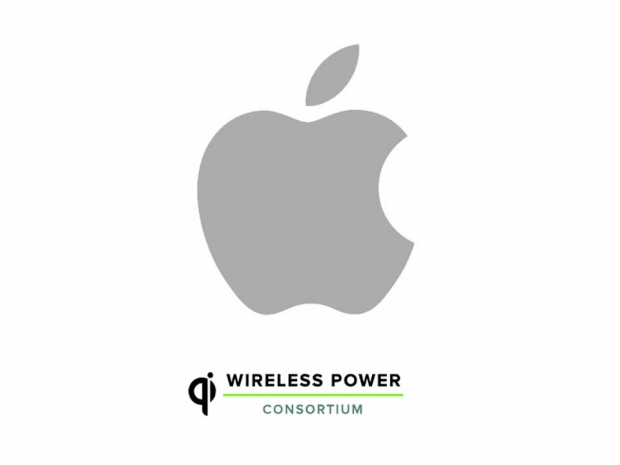Based on the wireless industry group’s website last week, Apple has been officially listed as one of the latest members to take part in and promote the widespread adoption of the Qi wireless interface standard, which has been used for wireless charging across a number of products.
Early last year, we wrote that the company had filed a patent with the U.S. Patent and Trademark Office (July 2015) describing a near-field magnetic resonance (NFMR) power supply arranged to provide wireless power to a number of devices over 1 meter in distance. With the basic concept in physics being that the efficiency of power transfer decreases with distance, the company was said to be developing an aluminum casing for its upcoming iPhone devices that would allow RF waves to pass through from the wireless charging receiver and through a window made from a non-conductive material.
Qi wireless charging more likely than long-range RF for upcoming iPhone 8
But with recent developments in the industry, the possibility of long-range RF charging coming to this year’s iPhone now seem more distant as the company is more likely to adopt the Qi inductive coupling method instead. During CES, a source within Apple’s supply chain partnered with Energous, a company that develops RF-based charging solutions, and this was the first evidence that the more long-range solution featuring transmitters for the home, car and office would make its way into the hands of consumers in 2017. Unfortunately, Energous then announced that plans changed after a “key strategic partnership” was made with another partner, which will now be the first to ship the technology inside its own mobile devices.
While it appears Apple was indeed focused on developing a long-range charging method for its mobile devices, some analysts now point out that it needed to bring a practical solution to the market sooner in order to avoid a potential missed feature that has become standard in the Android community for at least 24 months.
“The success of wireless charging adoption from Apple’s competitors is something that Apple can no longer ignore,” says analyst Vicky Yussuff at IHS Technology. “Consumer survey data shows over 90% of consumers want wireless charging on their next device.”
Although Apple already uses the Qi standard in its watch, which was released in Q4 2015, it is unclear whether the upcoming iPhone will use the full specifications of the technology, as its smartwatch currently uses a modified version that only works with its own chargers.
Nevertheless, the fact that Apple is now an active member of the Wireless Power Consortium allows it to participate and contribute knowledge and ideas to a community responsible for developing some of the world’s more readily available wireless charging standards. The company says “it looks forward to working together with the WPC and its members,” according to a statement given to BusinessInsider.




